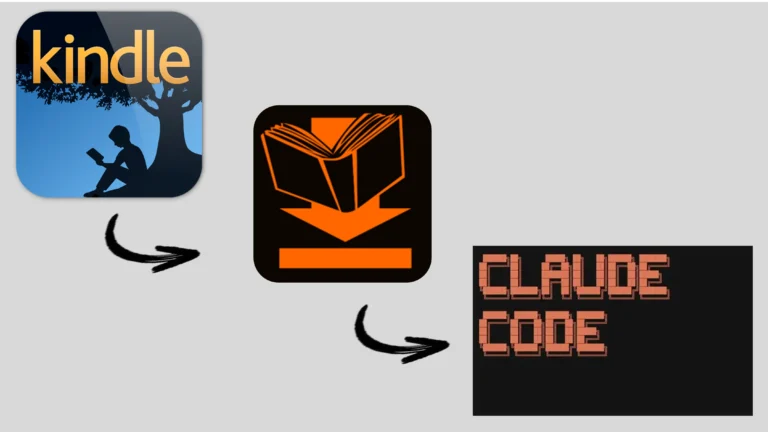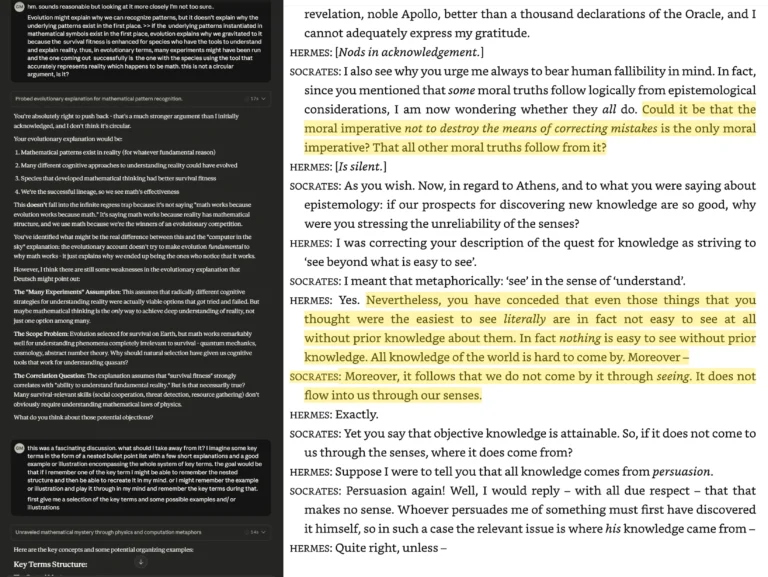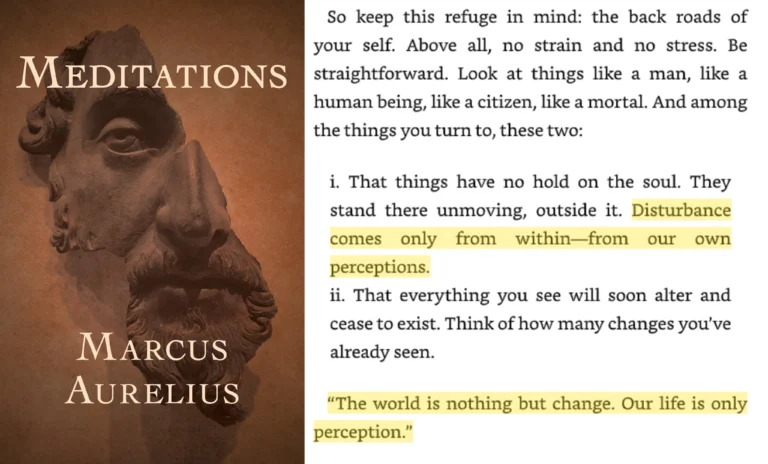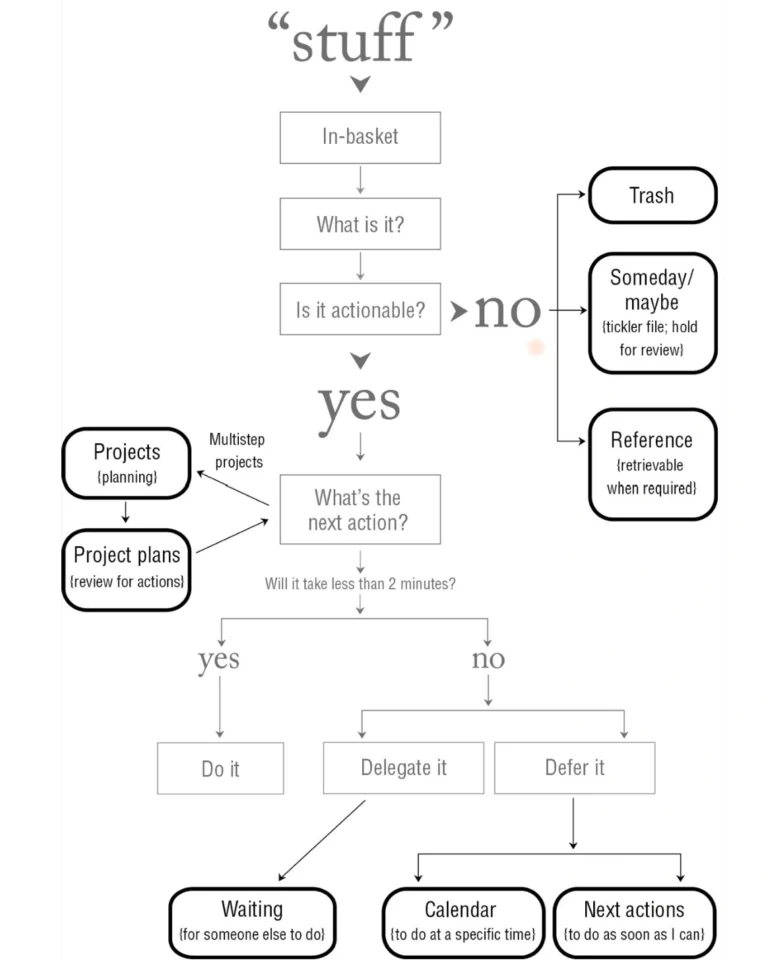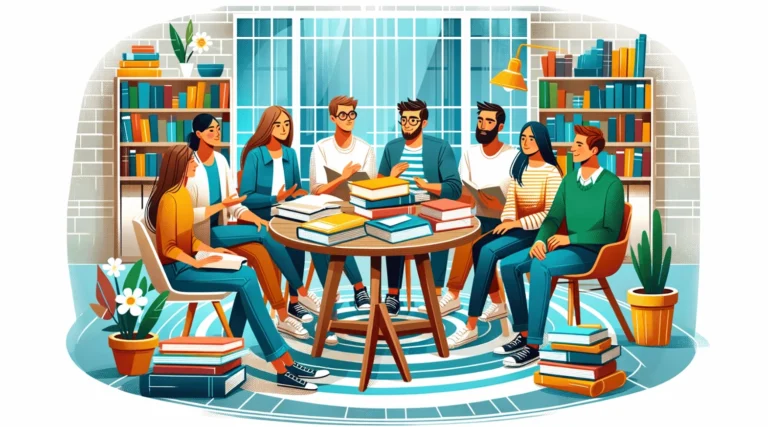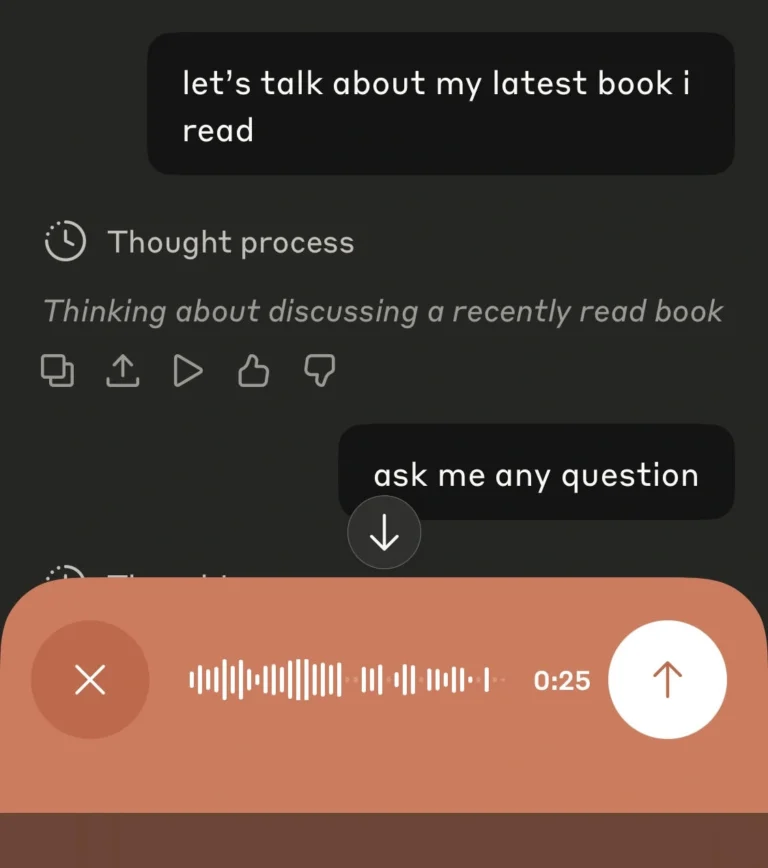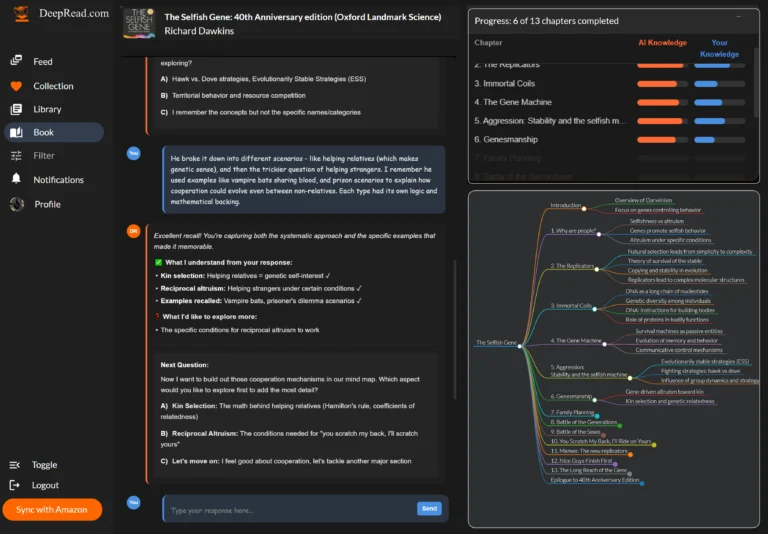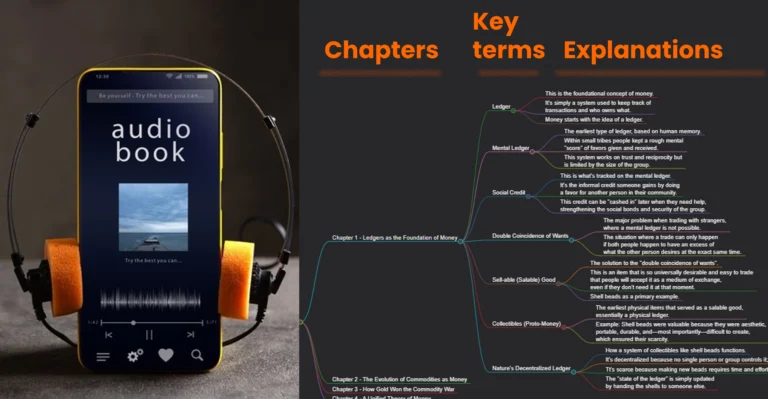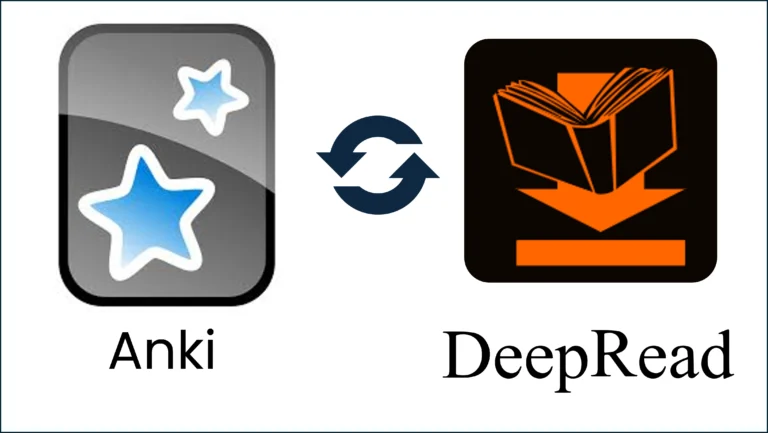Flashcards combined with the Spaced Repetition System is a solid way to learn and remember the main ideas of what you read. With this approach you break down your book into small, digestible pieces of knowledge and create flashcards to trigger active recall. The Spaced Repetition Method makes sure that you test your memory at strategically timed intervals with shorter intervals for harder to remember content and longer intervals for easier content.
But there’s a challenge: when you break a book into individual pieces, you might lose sight of how everything connects. Depending on the type of book and your learning goals, you may need to preserve not just individual facts, but also the structure of arguments and how different concepts relate to each other. This can be achieved by adding cards that focus specifically on the book’s organization, or by including hints on regular cards that remind you where each piece of information fits in the author’s overall argument.
